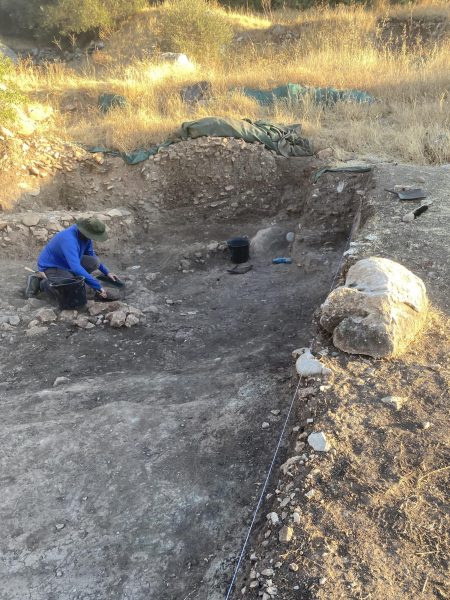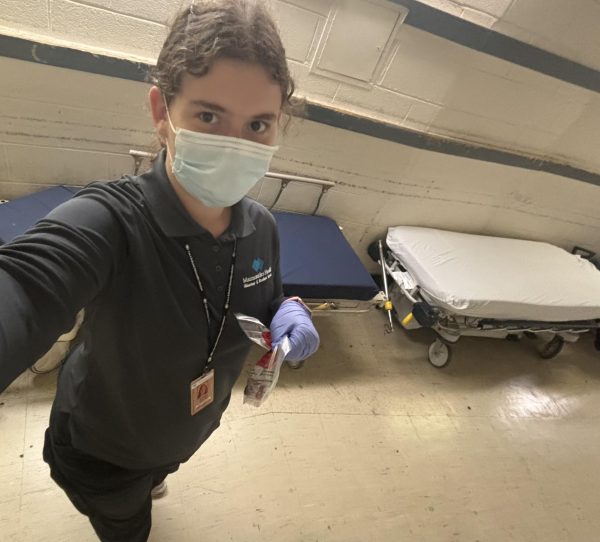The Rampage Rorschach Tests the Faculty

The Rorschach Test, rather unsurprisingly named after its creator, Hermann Rorschach, records subjects’ perceptions of an inkblot and then examines what that reflects about the way they think. What each person sees first when looking at the card and what that person associates with those elements reveals their thought process and how their mind perceives patterns. The Rampage asked each member of the faculty to look at “Card 1” of the Rorschach Test and report what he or she saw. Typically, the subjects and administrators would go through the cards one by one and discuss, in detail, what they see, but in the interest of time, each faculty member sent in an abbreviated response.
Psychologists who have administered the test found that the most popular responses to the image given to the faculty were bat and butterfly, representing around 53% of the general population, according to studies by Samuel Beck (no known relation to author). About one third of the faculty responded to The Rampage, for a sample size of 22 respondents and an overall margin of error of ±15%. As most polling is conducted utilizing only fractions of the overall group being measured, it is still possible to draw fairly concrete conclusions about the nature of the faculty’s thought processes.
Among the members of the Ramaz faculty that offered their responses, 9 answered either bat or butterfly. Conventional psychology interprets that as meaning that around 60% of the faculty thinks unconventionally, an increase of about 10% from a typical sample size.
While it is difficult to examine the results by department because of the small sample size, the results do reveal something about the way each specialty operates. The most “conventional” departments were History and Tanakh, with 100% and 66% bat or butterfly responses respectively. On the flip side of the coin, you have the math department, with 0 mainstream answers. Other departments that trended quite low were Talmud (20%), English (25%), and Science (33%). The inter-departmental divide here is quite clear: subjects more closely associated with out-of-the-box thinking had out-of the box answers, and subjects based in more rigid interpretation of well-established events did not. History and Tanakh are essentially each other’s subject equivalents in the general and Judaic studies departments, respectively. Each tends to ask for less creativity out of its scholars than a specialty such as English, which relies on one’s ability to come up with new subject matter rather than interpret existing ones.
There are three major zones on the image: the concave area on the top, the wing-like symmetrical features, and the central figure in between them. The “wings,” or zone two, lead to the perception of an animal, such as the bug, eagle, fox, or bird mentioned repeatedly. Fixating on zone three, the inside of the picture, creates the image of the uterus, demon, and mask several faculty members saw. Only a few saw a bug (three total), a figure most visible from the pincers in the first zone. The order in which one notices the various features helps to sort out how that person observes the world around them. Most people, as indicated in the image, tended to notice the gaping hole on the top (Zone 1). Only 18% first notice the periphery and look inwards, as the majority work from the up-down or the inside-out. Out of the Ramaz faculty, about 55% noticed zone two first.
Of course, more specific answers provide a deeper understanding of a person’s thought process when they look at an image. However, only several teachers gave us such responses, and make a more advanced picture difficult, if not impossible. None of the conclusions the Rampage drew from these tests are 100% certain, as this was more of a Rorschach test-lite than an official psychological test. That being said, the exercise provided an interesting insight into the minds of the Ramaz faculty and how they think.


